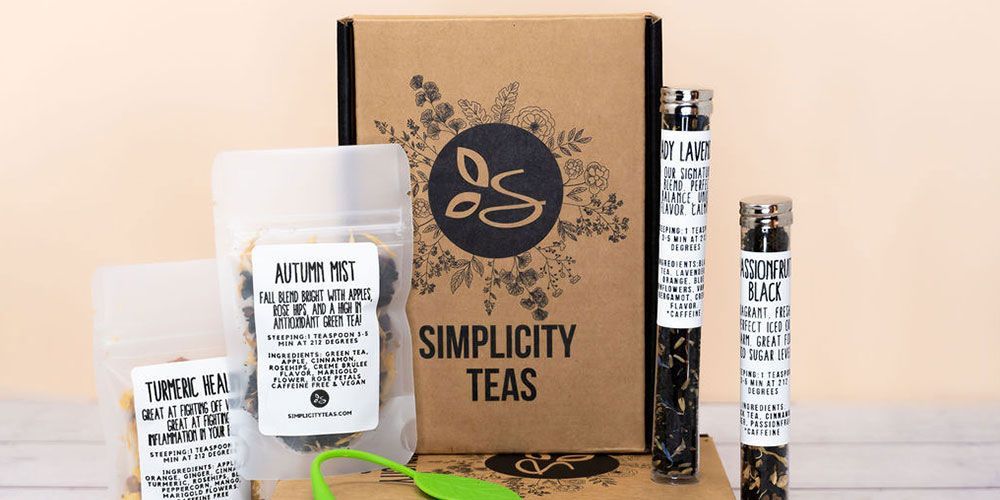In fashion, people have to make the difficult choice between comfort and style. Luckily, in the packaging world, you don’t have to decide between protection and aesthetics since they both work together in producing a successful product launch.
Primary vs secondary food packaging
Before we dive in, it's important to understand the difference between primary and secondary packaging.
Primary packaging is the packaging that comes into direct contact with your food. For example, this could be the aluminum wrapper for your nutrition bar, the plastic bag that holds cereal, or the glass jar that stores your beverages.
Secondary packaging is the outer that stores your primary packaging. Typically, these do not come into direct contact with your food and its main purpose is to keep your primary packaging secure, while also giving you the canvas to include product information and unique designs. This would be the outer folding carton box for cereal or a custom display box for nutrition bars.
Now that this is clear, here are 4 tips to designing effective and safe secondary food packaging for your products!
1 - Establish your brand identity
Have you ever wondered how large brands such as Starbucks or Chobani develop their loyal customer bases? They constantly communicate their values and message with the customer through all their products, services, and packaging, thus establishing trust with their consumer bases.
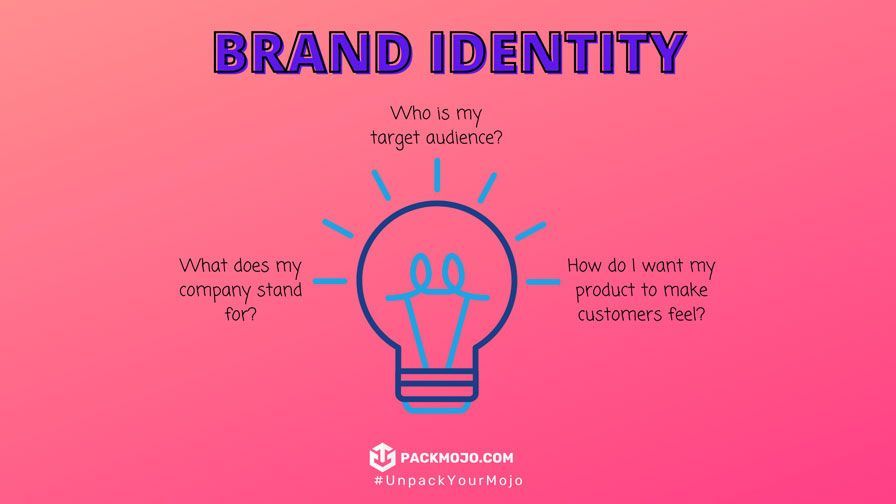
Even if your packaging looks physically appealing, your product won’t be sought out after if the packaging does not align with the values of your business or reinforce your brand identity. Think of the packaging as your product’s personality. Your packaging must be able to connect with the consumer that gets them to purchase your product. This applies to both primary and secondary packaging. Once you have a clear vision on what your brand identity is, then you can start designing the best packaging for your product based on your company’s goals and values.
2 - Focus on shelf appeal and functionality
Whenever you’re meeting new people, you want to make a good first impression, right? Same principle applies to the packaging world. When a customer walks down an aisle of the grocery store, your product only has a split second to convince the customer to invest in your product instead of those of your competitors. And in that split second, you want the customer to understand what exactly your product is and what brand it is from as soon as they see it on the shelf. Therefore, picking the right aesthetics and package structure based on your brand identity and product is absolutely essential when making a good first impression.
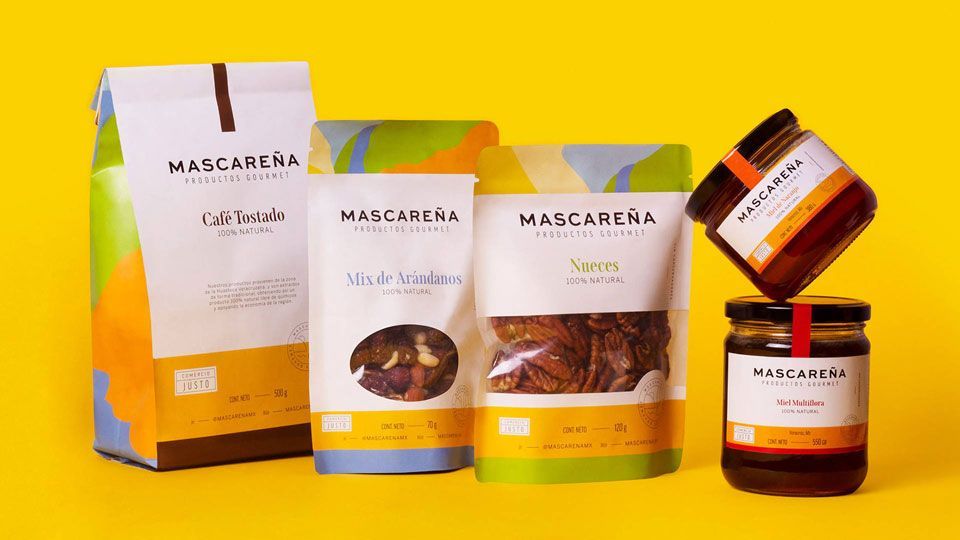
Packaging functionality is also just as important as the shelf appeal since it’s imperative to protect the contents and for the product to be shipped and delivered to the customer without any damages or contamination. Creating an architecturally sound package structure will not only allow for maximum protection but also reduced shipping and warehouse storage costs.
Also think about what kind of secondary packaging you’d like to offer alongside the primary packaging. The best way to do so is think carefully about the user experience when purchasing and accessing the product. Some examples of popular secondary packaging options include point-of-purchase displays, package bundles, or bonus packs.
Ask yourself: “Is this the right color, size, and shape,” “How much shelf space do I need,” “How can I stand out next to my competitors,” “Can you clearly see and understand the features and benefits of the product on the packaging?”
3 - Choose your packaging materials wisely
There are countless ways to package food products, however, there are several aspects to consider when choosing the materials and structure of your packaging. While designing your package, think about what material is best suited for your product; you want to include materials that are sustainable, cost-efficient, and will protect the integrity of your product and its primary packaging during the supply chain and transportation process.
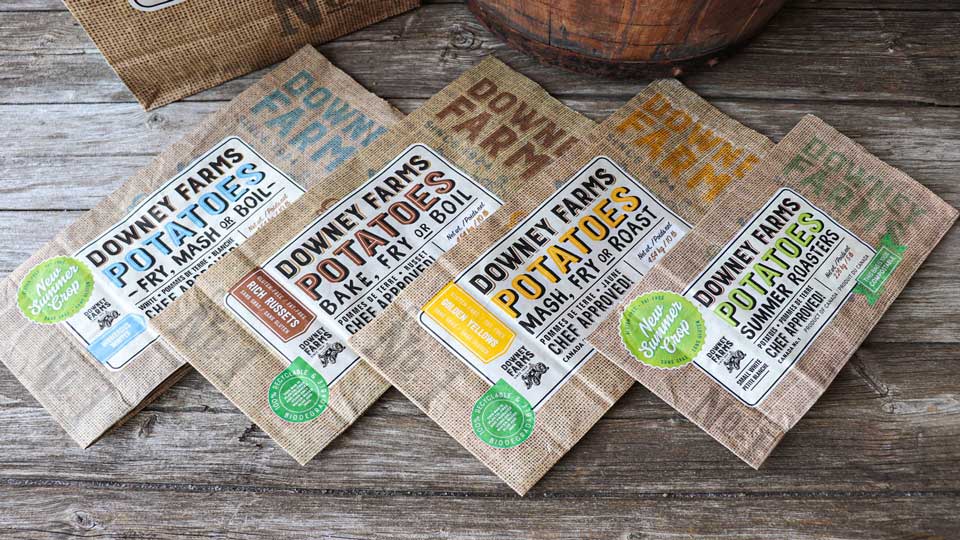
You also want to consider what type of packaging material will allow for maximum product freshness and protection. By the end of the process, the costs can quickly add up with materials, designers, printing, production, and labor. Currently, environmentally friendly and biodegradable packaging options are a popular trend amongst manufacturers. This causes packaging designers to consider the minimalistic approach which in turn will encourage the utilization of fewer resources and materials, keep your production costs within your budget, and lower your carbon footprint. Implementing sustainable packaging practices will also resonate with various consumer bases.
For more tips, check out our blog post on eco-friendly packaging. But remember that with a little creativity, you can do a lot with generic materials.
4 - Convey Relevant and Necessary Information
Your packaging must convey relevant and accurate information so the customer knows exactly what they are investing in. Positioning your information is essential because as mentioned before, you only have one chance to make a first impression so make sure you keep shelf appeal in mind. Also avoid putting too much wording on your packaging as that could overwhelm the customer as well as drive production costs up.
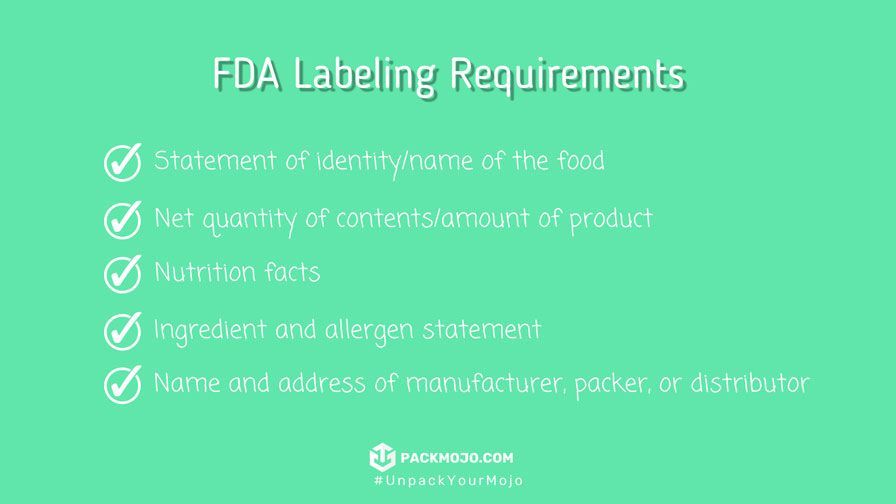
Here are some elements to consider when creating your packaging labels:
- Product benefits
- Consumer warnings
- Logos
- Nutrient content claims
- Barcode
- Corporate information
- Expiration or sell-by date
Finally, remember to include the necessary information required on all packaging by the FDA or the FDA equivalent in your country.
--
Check out some examples here on how F&B brands have used secondary packaging to elevate the unboxing experience. When you have something in mind, get in touch with us here for a custom packaging quote!
